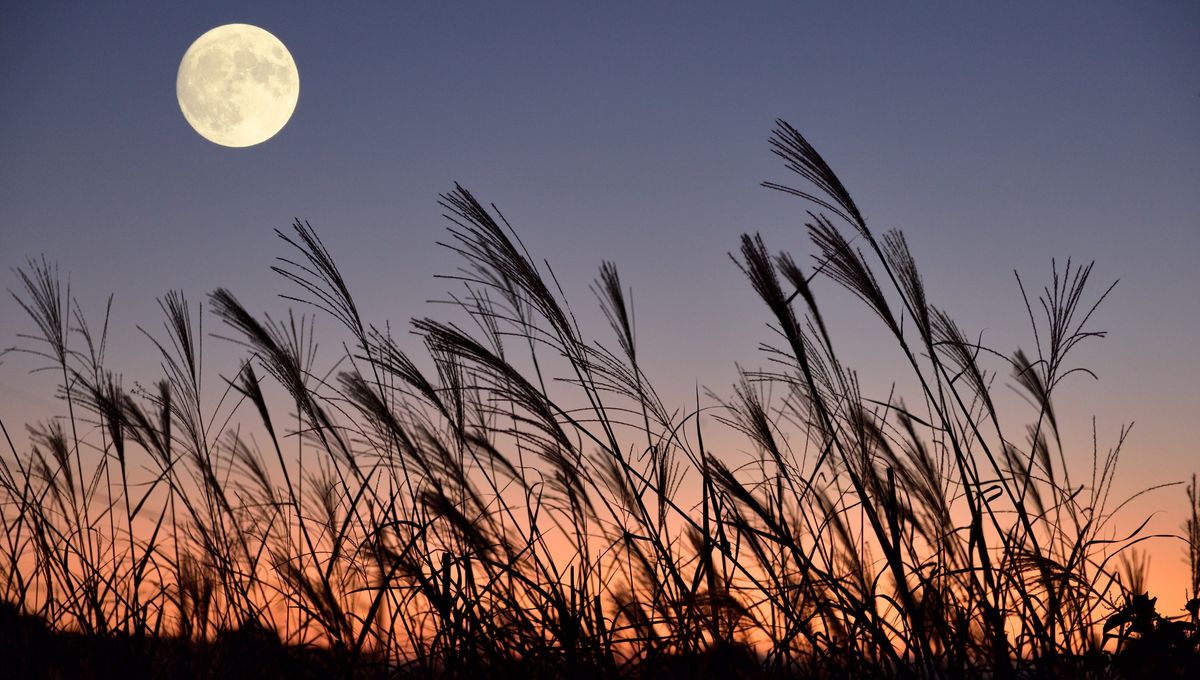
Fall is almost here, with the autumn equinox less than two weeks away, so it’s not hard to guess why September’s full Moon is called the Harvest Moon. It will peak tomorrow, September 10, at 5:59 am EDT precisely, but if you look up at the sky you’ll see it appear full until Sunday.
Many of the names given to the full Moons throughout the year are taken from the Maine Farmer’s Almanac, which uses the names that various Native American tribes had given them. The last full Moon of summer is a bit of an exception as the name was already in the Oxford English Dictionary in 1706, as reported by NASA.
The harvesting theme is seen in the names given to this Moon by different cultures. Other European names for it are the Fruit moon and the Barley Moon. The term “laboriosa” (hard-working), is used in Italy to refer to this Moon. It is the Corn Moon for the Algonquin people, the indigenous habitants of what is now the northeastern United States and many regions of Canada.
In several Asian countries including China and Vietnam, this moon marks traditional harvest festivals. In parts of China, it is known as the Moon Festival or Mooncake Festival, with offerings given to the Moon Goddess Chang’e (China’s Moon mission is named after her). In Japan, this Moon is known as Imomeigetsu (potato harvest moon) as part of their Tsukimi, the Moon-viewing festival. For Buddhists in Bangladesh and Thailand, this is the Honey Full Moon Festival or Madhu Purnima.
This Moon also marks religious activity for both Hindus and Jews, the former as it starts the Pitru Paksha (fortnight of the ancestors), the latter as it falls in Elul, an important month in the Hebrew calendar that marks a preparation for the High Holy Days of Rosh Hashanah and Yom Kippur.
This summer has seen four supermoons in a row – the non-astronomical name for when a full Moon happens to coincide with the Moon’s perigee, the closest point in its orbit to us, making it appear huge in the sky. Now, it’s back to regular old Moons, but don’t worry, we’ve got plenty to entertain us coming up. On September 14 you may be able to see the Moon block Uranus, and on September 26 Jupiter will be the closest it’s been to Earth in 70 years. October’s partial solar eclipse and November’s partial lunar eclipse are also on schedule, so check back here for how best to watch.
Source Link: Turn Your Eyes To The Sky Tomorrow – It’s The Harvest Moon